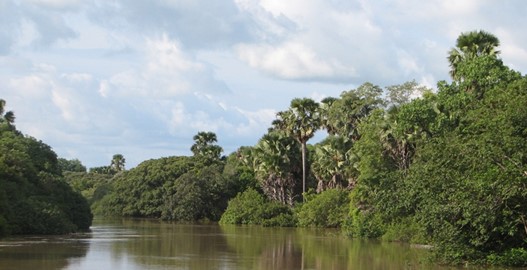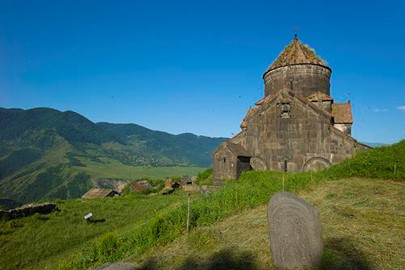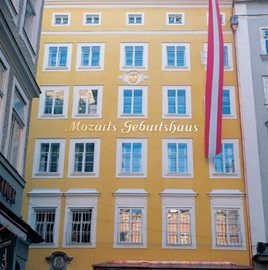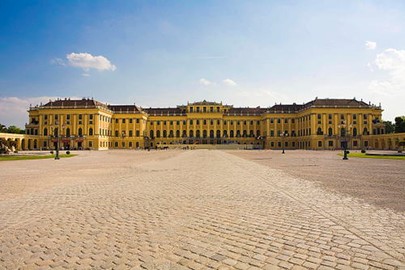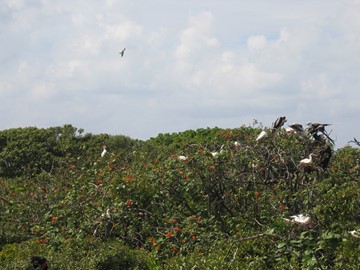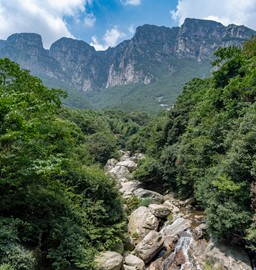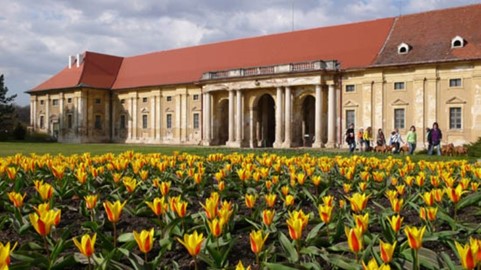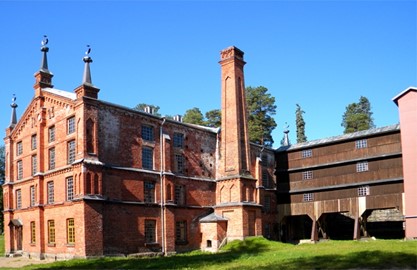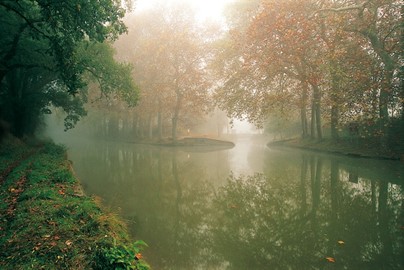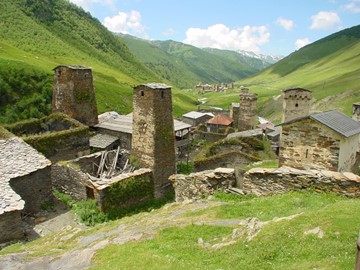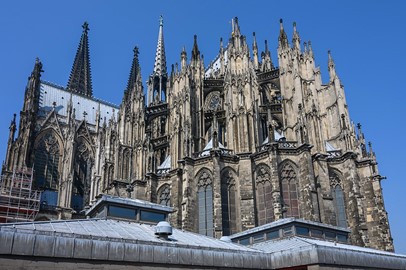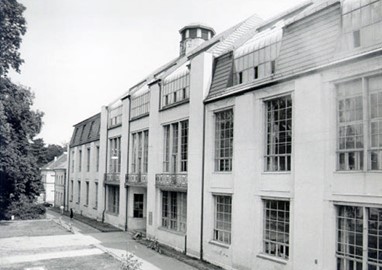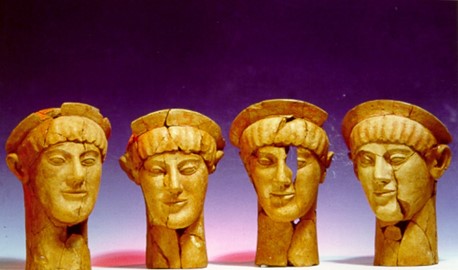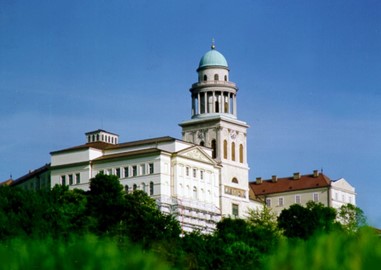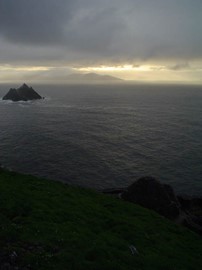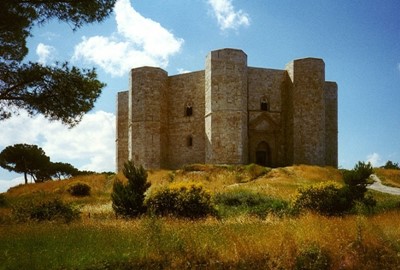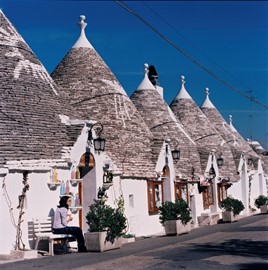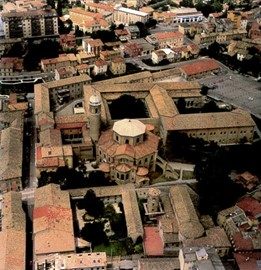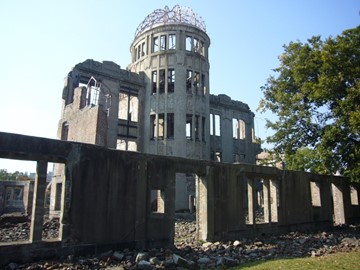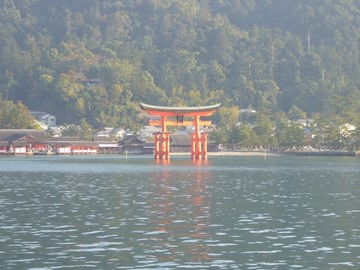year :: 1996
W Arly Pendjari
W-Arly-Pendjari, a UNESCO World Heritage site in Benin, Burkina Faso, and Niger, recognized in 1996 with expansions in 2017, is a vast savanna and forest complex across three countries, forming West Africa’s largest intact wilderness. Home to elephants, lions, and the last West African giraffes, its diverse ecosystems—woodlands, wetlands, and grasslands—reflect exceptional biodiversity amid a semi-arid region. This transnational site showcases the region’s natural heritage, preserved through cross-border co... Read More
Haghpat and Sanahin Monasteries
Haghpat and Sanahin Monasteries, a UNESCO World Heritage site in Armenia, recognized in 1996 and extended in 2000, are 10th- to 13th-century monastic complexes showcasing medieval Armenian architecture. Featuring domed churches, libraries, and intricate stone crosses (khachkars), they reflect a golden age of religious and scholarly life. This site highlights Armenia’s cultural heritage, preserving a testament to its spiritual and artistic legacy in a rugged landscape.
Salzburg
Salzburg, a UNESCO World Heritage site in Austria, is a historic city celebrated for its baroque architecture and rich musical heritage. Nestled against a backdrop of alpine peaks, its charming old town features ornate churches, grand palaces, and cobblestone streets. Birthplace of Mozart and the setting for 'The Sound of Music,' it blends cultural legacy with scenic beauty. This well-preserved urban gem reflects centuries of artistic and architectural achievement, making it a timeless European treasure.
Schonbrunn
The Palace and Gardens of Schönbrunn, a UNESCO World Heritage site in Austria, is a magnificent baroque ensemble celebrated for its architectural grandeur and historical significance. The opulent palace, once an imperial summer residence, features lavish interiors and sprawling gardens adorned with fountains, sculptures, and manicured hedges. Completed in the 18th century, it reflects the power and taste of the Habsburg dynasty. This iconic site blends regal elegance with landscaped beauty, offering a glimp... Read More
Belize Barrier Reef
The Belize Barrier Reef, a UNESCO World Heritage site in Belize, is the largest coral reef system in the Northern Hemisphere, renowned for its biodiversity and natural beauty. Stretching over 300 kilometers, it includes vibrant coral formations, mangroves, and cayes, supporting a vast array of marine life, including endangered species like sea turtles and manatees. Recognized by UNESCO in 1996, it showcases remarkable ecological significance and geological history. The reef remains a vital ecosystem and a g... Read More
Mount Lushan
Lushan National Park, a UNESCO World Heritage site in China, is a scenic retreat famed for its lush mountains, misty peaks, and cascading waterfalls. A historic summer haven for scholars and elites, it features ancient villas, temples, and poetic landscapes that inspired centuries of Chinese literature and art. Its unique blend of natural splendor and cultural legacy makes it a cherished destination for reflection and exploration.
Mount Emei
The Mount Emei Scenic Area, a UNESCO World Heritage site in China, is a sacred Buddhist mountain renowned for its towering peaks, ancient temples, and diverse ecosystems. Crowned by the Golden Summit, it offers breathtaking views and spiritual significance, drawing pilgrims to its historic monasteries. With lush forests, rare wildlife, and misty trails, this natural and cultural treasure exemplifies harmony between humanity and nature.
Lednice Valtice
The Lednice-Valtice Cultural Landscape, a UNESCO World Heritage site in Czechia, is a remarkable example of a designed landscape crafted by the Liechtenstein family between the 17th and 20th centuries. It features two stunning chateaux—Lednice, with its Neo-Gothic architecture, and Valtice, a Baroque masterpiece—set amidst an English-style park adorned with romantic follies, ponds, and rare tree species. Recognized in 1996, this site blends Baroque, Neoclassical, and Neo-Gothic styles, showcasing a harmonio... Read More
Okapi Wildlife Reserve
The Okapi Wildlife Reserve, a UNESCO World Heritage Site in the Democratic Republic of the Congo, is a biodiversity hotspot within the Ituri Forest, renowned for protecting the endangered okapi, a unique forest giraffe, along with numerous threatened species of primates and birds. Established in 1992 and designated a World Heritage Site in 1996, it serves as a Pleistocene refuge with dense evergreen forests and dramatic scenery, including waterfalls along the Ituri and Epulu rivers. The reserve also preserv... Read More
Verla Groundwood and Board Mill
The Verla Groundwood and Board Mill, a UNESCO World Heritage site in Finland, is a remarkably well-preserved example of a 19th-century rural industrial settlement focused on pulp, paper, and board production. Established in 1872 and operational until 1964, the site features original mill buildings, machinery, and workers' housing, offering a glimpse into the forest industry's early history. It was added to the UNESCO list in 1996 for its cultural significance and historical integrity. Today, it serves as a ... Read More
Canal du Midi
The Canal du Midi, a UNESCO World Heritage site in France, is a remarkable 17th-century engineering feat stretching 240 kilometers, connecting the Atlantic Ocean to the Mediterranean Sea. Constructed between 1666 and 1681 under Pierre-Paul Riquet’s direction, it features 91 locks, numerous bridges, and aqueducts, showcasing innovative hydraulic design. Originally built for trade and transport, it now serves as a popular route for boating and tourism, celebrated for its historical significance and picturesqu... Read More
Upper Svaneti
Upper Svaneti, a UNESCO World Heritage site in Georgia, is a remote mountainous region preserving medieval villages and stone towers. Nestled among rugged peaks, its ancient settlements reflect a unique cultural heritage shaped by isolation. The distinctive Svan towers, built for defense, stand as architectural icons of resilience. This site blends stunning natural beauty with a rich historical legacy. It offers a glimpse into a traditional way of life largely unchanged for centuries.
Luther Memorials
The Luther Memorials, a UNESCO World Heritage site in Germany, honor Martin Luther’s pivotal role in the Protestant Reformation. These sites include historic buildings like the house where Luther lived and the church where he nailed his 95 Theses. Preserved from the 16th century, they reflect the era’s religious and cultural shifts. The architecture ranges from simple homes to grand Gothic structures, showcasing period design. This collection offers a tangible link to a transformative moment in European his... Read More
Cologne Cathedral
Cologne Cathedral, a UNESCO World Heritage site in Germany, is a stunning Gothic masterpiece begun in 1248 and completed in 1880. Its iconic twin spires, intricate stained glass, and ornate architecture draw millions of visitors annually. Housing the Shrine of the Three Kings, it’s a significant Catholic pilgrimage site. The cathedral also showcases remarkable resilience, having survived World War II bombings. Today, it stands as a symbol of cultural and historical enduring legacy.
Bauhaus Sites
The Bauhaus and its Sites in Weimar, Dessau, and Bernau, a UNESCO World Heritage site in Germany, represent a groundbreaking modernist movement in architecture and design. Established in 1919 by Walter Gropius, the Bauhaus school revolutionized artistic education by integrating crafts, fine arts, and technology. Its iconic buildings, designed by Gropius and other notable architects, showcase functionalist principles with minimalist aesthetics, emphasizing geometric forms and industrial materials. Recognized... Read More
Aigai
The Archaeological Site of Aigai, a UNESCO World Heritage site in Greece, is renowned as the ancient capital of the Macedonian kingdom, flourishing from the 11th century BCE. It features significant historical landmarks, including the royal tombs of Philip II, father of Alexander the Great, and an impressive theater where key events unfolded. Excavations reveal a well-preserved urban layout, palaces, and intricate burial sites, showcasing the architectural and cultural prowess of the era. This site offers i... Read More
Pannonhalma Benedictine Abbey
Pannonhalma Benedictine Abbey, a UNESCO World Heritage site in Hungary, is a historic monastery founded in 996 AD. It stands as one of the oldest continuously operating monastic communities in the world, renowned for its architectural beauty, including a blend of Romanesque, Gothic, and Baroque styles. The abbey houses a vast library with rare manuscripts and serves as a cultural and spiritual center, reflecting its enduring significance in European history.
Sangiran Early Man Site
The Sangiran Early Man Site, a UNESCO World Heritage site in Indonesia, is a critical archaeological location renowned for its significant fossil finds, including some of the earliest evidence of human ancestors in Southeast Asia. Discovered in the 1930s, the site has yielded numerous Homo erectus remains, stone tools, and animal fossils, offering valuable insights into human evolution over a span of more than 1.5 million years. Its global importance lies in its contribution to understanding the development... Read More
Sceilg Mhichíl
Sceilg Mhichíl, a UNESCO World Heritage site in Ireland, is a striking monastic island featuring a well-preserved early Christian settlement. Perched atop a rugged rock, it includes stone beehive huts, oratories, and a medieval church, reflecting ascetic life from the 6th to 13th centuries. Its dramatic location and historical significance highlight its role as a unique cultural and spiritual landmark.
Castel del Monte
Castel del Monte, a UNESCO World Heritage site in Italy, is a striking 13th-century fortress renowned for its unique octagonal design and architectural precision. Built by Emperor Frederick II, this hilltop castle blends medieval military structure with Islamic and Gothic influences, featuring eight octagonal towers and a central courtyard. Its harmonious proportions and mysterious purpose—possibly as a hunting lodge or symbolic monument—highlight its historical and cultural importance.
Trulli of Alberobello
The Trulli of Alberobello, a UNESCO World Heritage site in Italy, are distinctive dry-stone huts with conical limestone roofs, exemplifying a unique prehistoric building technique. These whitewashed structures, clustered in a picturesque settlement, were originally constructed by peasants and farmers using local materials, reflecting a resourceful adaptation to the landscape. Recognized for their architectural and historical value, they offer a glimpse into traditional rural life and ingenuity.
Ravenna
The Early Christian Monuments of Ravenna, a UNESCO World Heritage site in Italy, exemplify exceptional artistic and architectural achievements from the 5th and 6th centuries. This collection of eight structures, including basilicas, a baptistery, and mausoleums, features stunning Byzantine mosaics that blend Roman and Eastern influences. Recognized for their historical and cultural value, these monuments reflect Ravenna’s role as a key center of early Christianity and imperial power.
Pienza
The Historic Centre of Pienza, a UNESCO World Heritage site in Italy, exemplifies Renaissance urban planning and architecture. Designed in the late 15th century by architect Bernardo Rossellino under Pope Pius II’s vision, this small Tuscan town features harmonious buildings, including the elegant Cathedral of Santa Maria Assunta and the Palazzo Piccolomini. Its preserved layout and structures highlight an early application of humanist principles in city design.
Hiroshima Peace Memorial
The Hiroshima Peace Memorial, a UNESCO World Heritage site in Japan, stands as a poignant symbol of peace and resilience. Known as the Atomic Bomb Dome, this preserved ruin is the only structure left near the hypocenter of the 1945 atomic blast, showcasing the devastating impact of nuclear warfare. Surrounded by a memorial park, it honors the victims and promotes global disarmament.
Itsukushima
Itsukushima Shinto Shrine, a UNESCO World Heritage site in Japan, is an iconic spiritual landmark renowned for its 'floating' torii gate, which appears to rise from the sea during high tide. This sacred complex, dedicated to the Shinto deities of the sea, features elegant wooden structures harmoniously blending with the natural landscape. Celebrated for its architectural beauty and cultural significance, it exemplifies Japan’s historical reverence for nature and spirituality.
